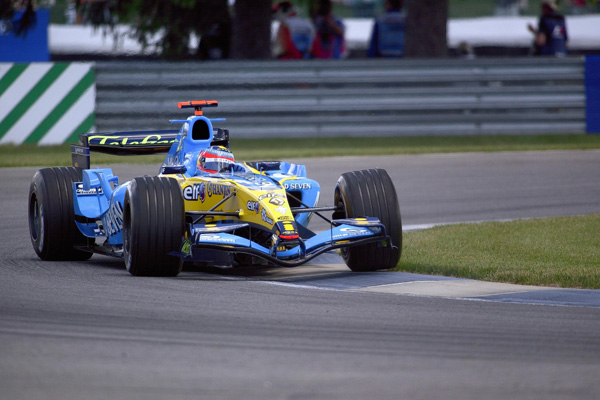F1 2025 roars into a new era of innovation

[F1 Motor Car. Photo Credit to Pexels]
The 2025 Formula 1 season began in Melbourne with innovation taking center stage—Alpine introduced a sleeker look with an electric blue and matte black color scheme, while Sauber was reborn under a bold new name: Stake F1 Team Kick Sauber.
This signals a fresh identity for both teams as they enter the new campaign.
Currently, McLaren leads the Constructors’ Championship with 27 points, tied closely with Mercedes.
Meanwhile, major driver moves like Lewis Hamilton joining Ferrari and 18-year-old rookie Andrea Kimi Antonelli debuting for Mercedes highlight a season of strategic innovation and fresh talent reshaping the grid.
Antonelli’s arrival has ignited great excitement among fans and teams alike, who are eager to see how this promising young talent will influence the future of the sport.
After impressing throughout junior categories and delivering a poised debut, his calmness under pressure and impressive raw speed during pre-season testing have elevated expectations for his long-term potential at Mercedes.
The focus on youth development extends beyond Antonell.
Teams across the grid are investing heavily in nurturing young drivers through comprehensive programs aimed at long-term growth and adaptability, reflecting Formula 1’s evolution into a more competitive arena that relies on speed and flexibility.
Off the track, Formula 1 is experiencing a digital transformation as media partners embrace digital-first marketing strategies targeting younger audiences.
These campaigns feature top drivers on social media, music collaborations, and modern platforms beyond traditional television advertisements.
These innovative campaigns do more than rebrand the sport; they reshape Formula 1’s identity to maintain relevance within a fast-changing media landscape.
By leveraging storytelling, digital content, and partnerships with influencers and musicians, the sport is positioning itself as a global entertainment brand rather than simply a racing series.
Technological innovation deeply permeates the sport’s engineering.
New regulations are pushing teams to develop more efficient power units, advanced aerodynamics, and sustainable materials.
Industry leaders such as Red Bull and Mercedes are pioneering hybrid systems that maximize energy recovery and deployment, and experimenting with lightweight chassis materials designed to improve fuel efficiency without sacrificing on-track performance.
This season, multiple teams have debuted cars equipped with innovative energy recovery systems and lightweight components engineered to meet stricter efficiency standards.
This enhances on-track competition while reinforcing Formula 1’s ongoing commitment to environmental responsibility and engineering excellence.
As the season advances, attention remains focused on both fierce competition and evolving transformation.
Formula 1 continues to embrace new technologies, engage younger audiences globally, and navigate increasing pressure to balance innovation with social responsibility.
It appears that controversies such as tobacco sponsorship have largely faded from the forefront of the 2025 narrative.
Ultimately, the 2025 season represents more than just thrilling racing.
It reflects Formula 1’s growing influence on global culture and values, as teams push technological boundaries and the sport leads by example in health advocacy, environmental sustainability, and youth protection.
The sport is leveraging its massive global platform to pioneer responsible messaging alongside cutting-edge innovation.
In a season defined by rising young stars and groundbreaking technologies, Formula 1 stands at the intersection of innovation and cultural influence.
F1 embodies exactly where a global sport must be to remain relevant and impactful in the years to come.

- Lindsay Song / Grade 11
- Wayland Academy

![THE HERALD STUDENT REPORTERS [US]](/assets/images/logo_student_us.png)
![THE HERALD STUDENT REPORTERS [Canada]](/assets/images/logo_student_ca.png)
